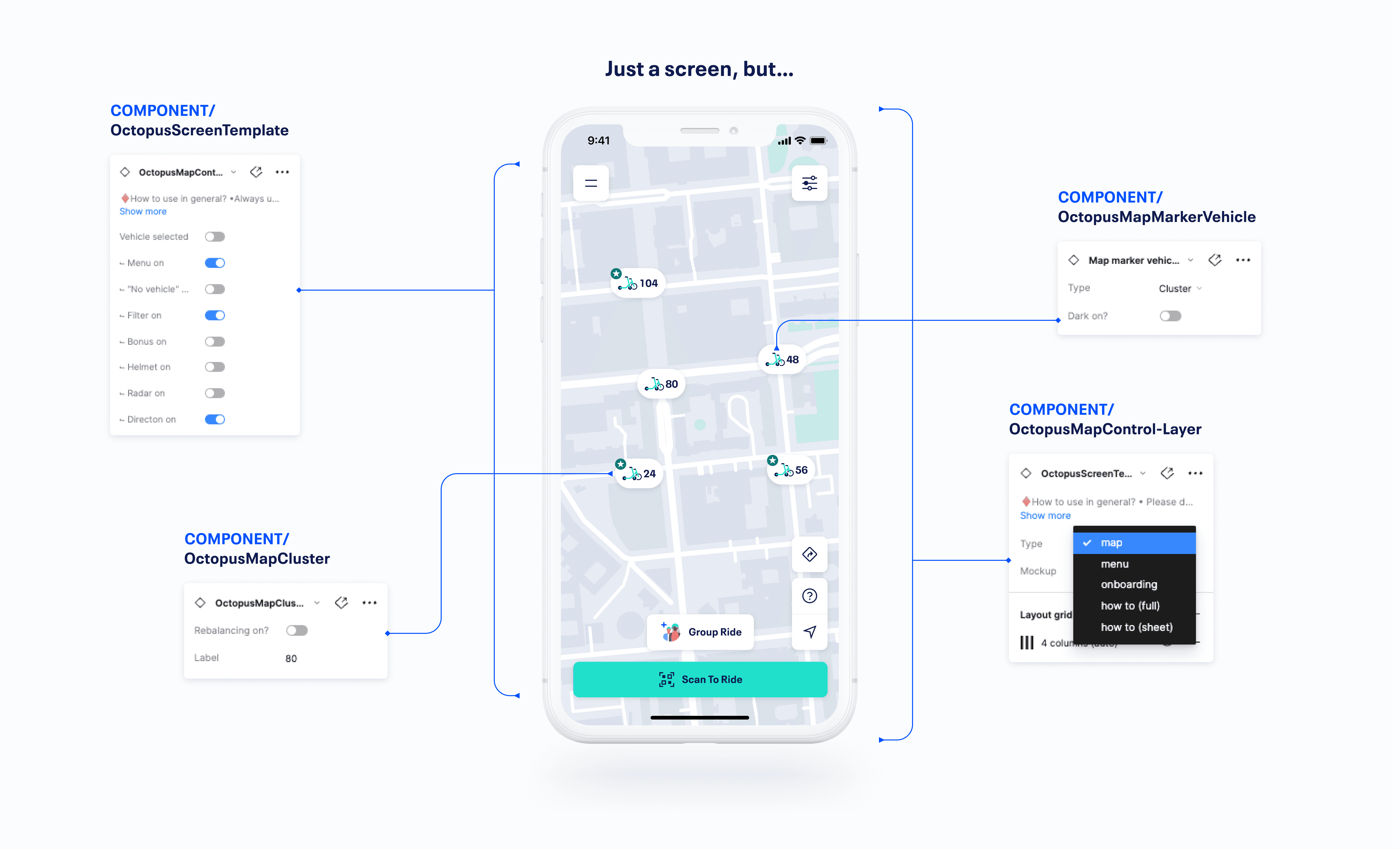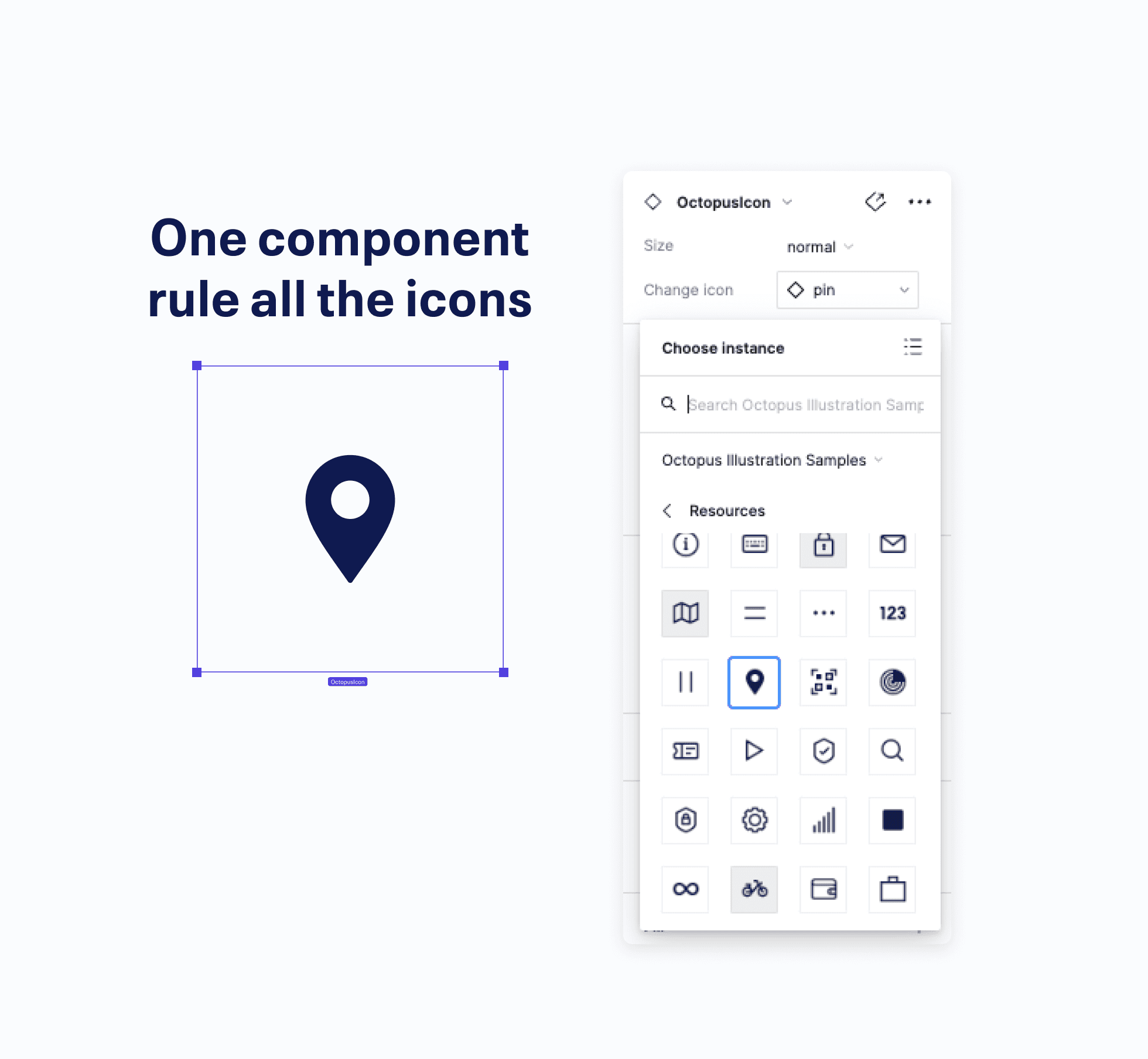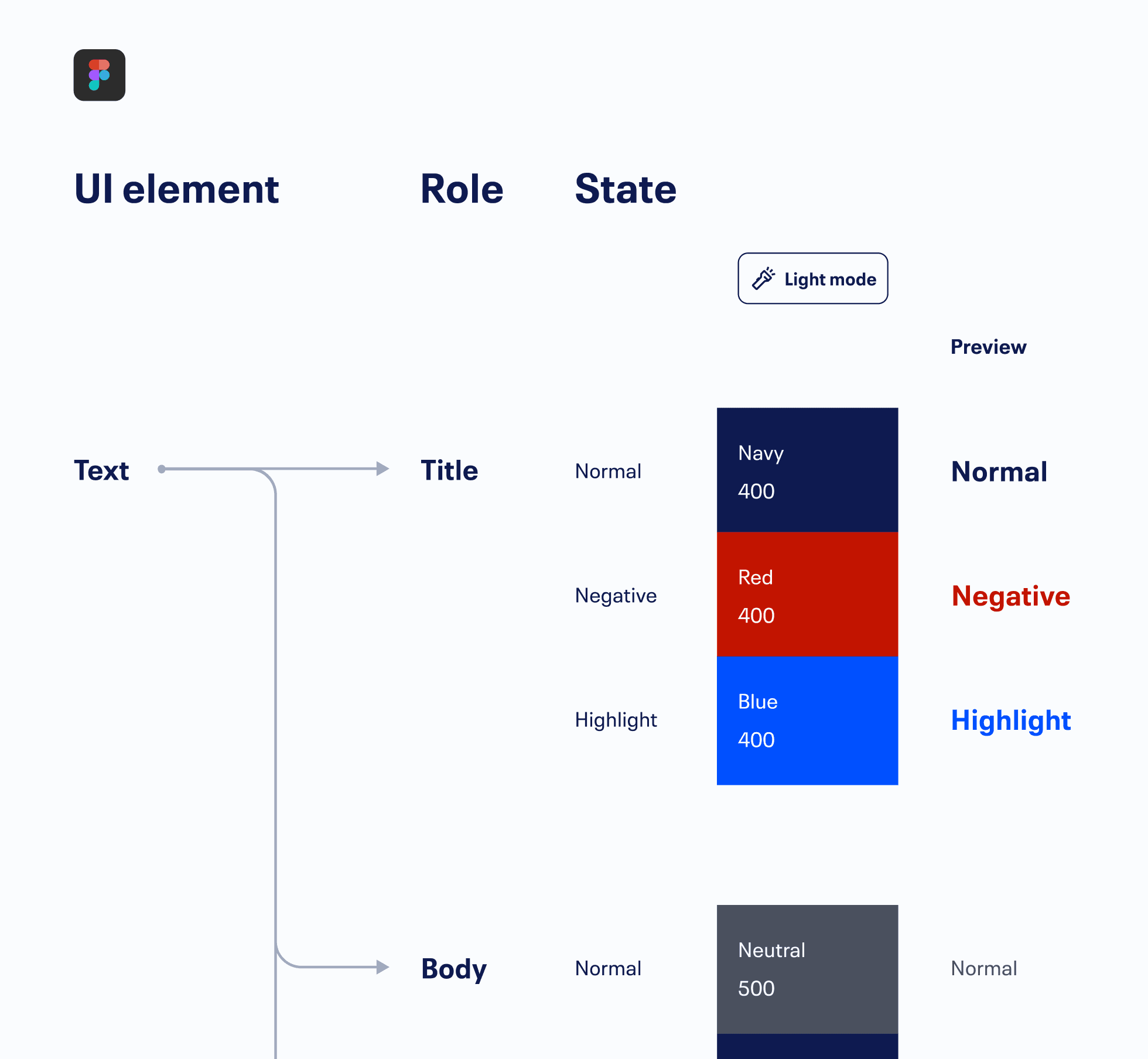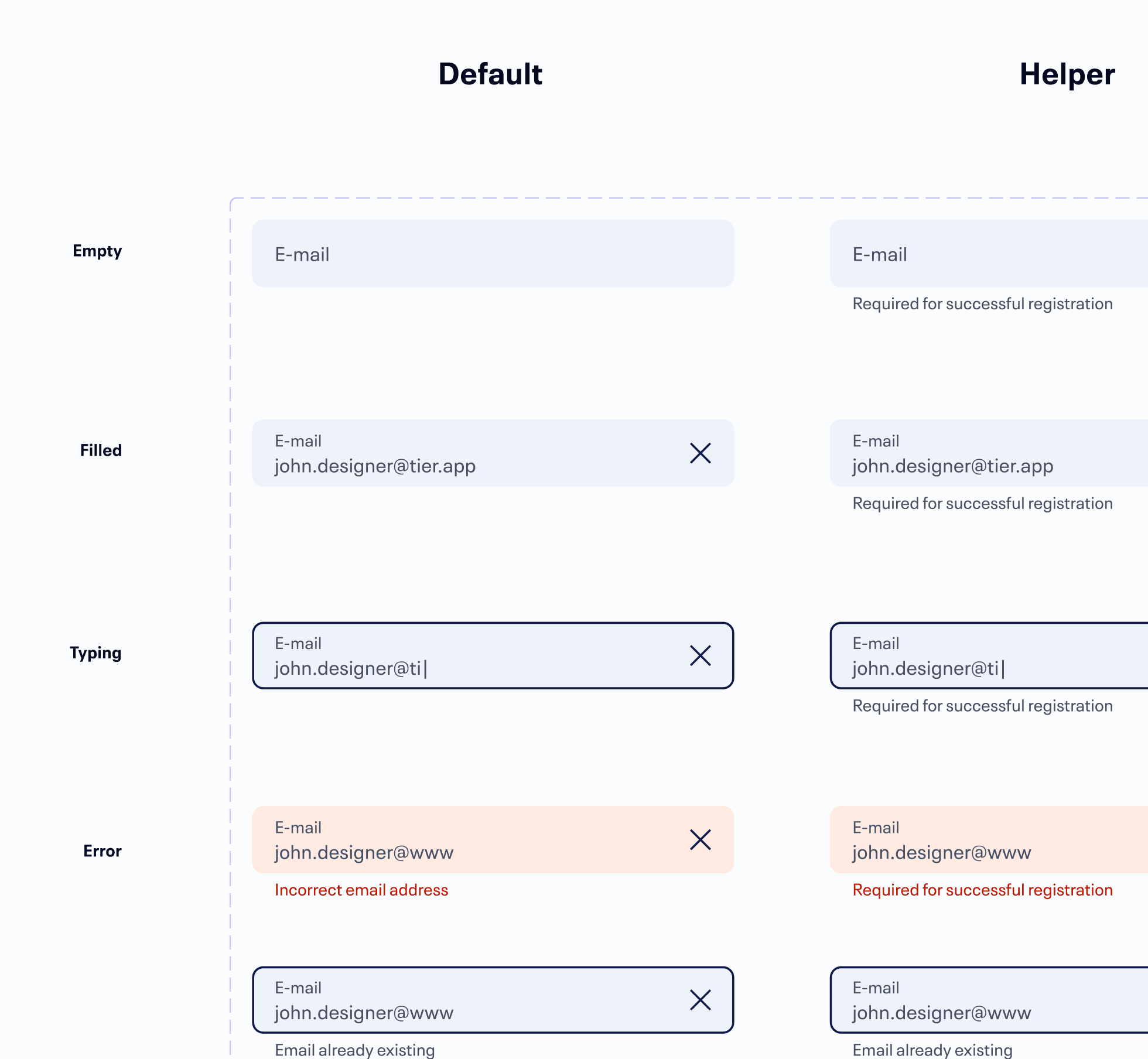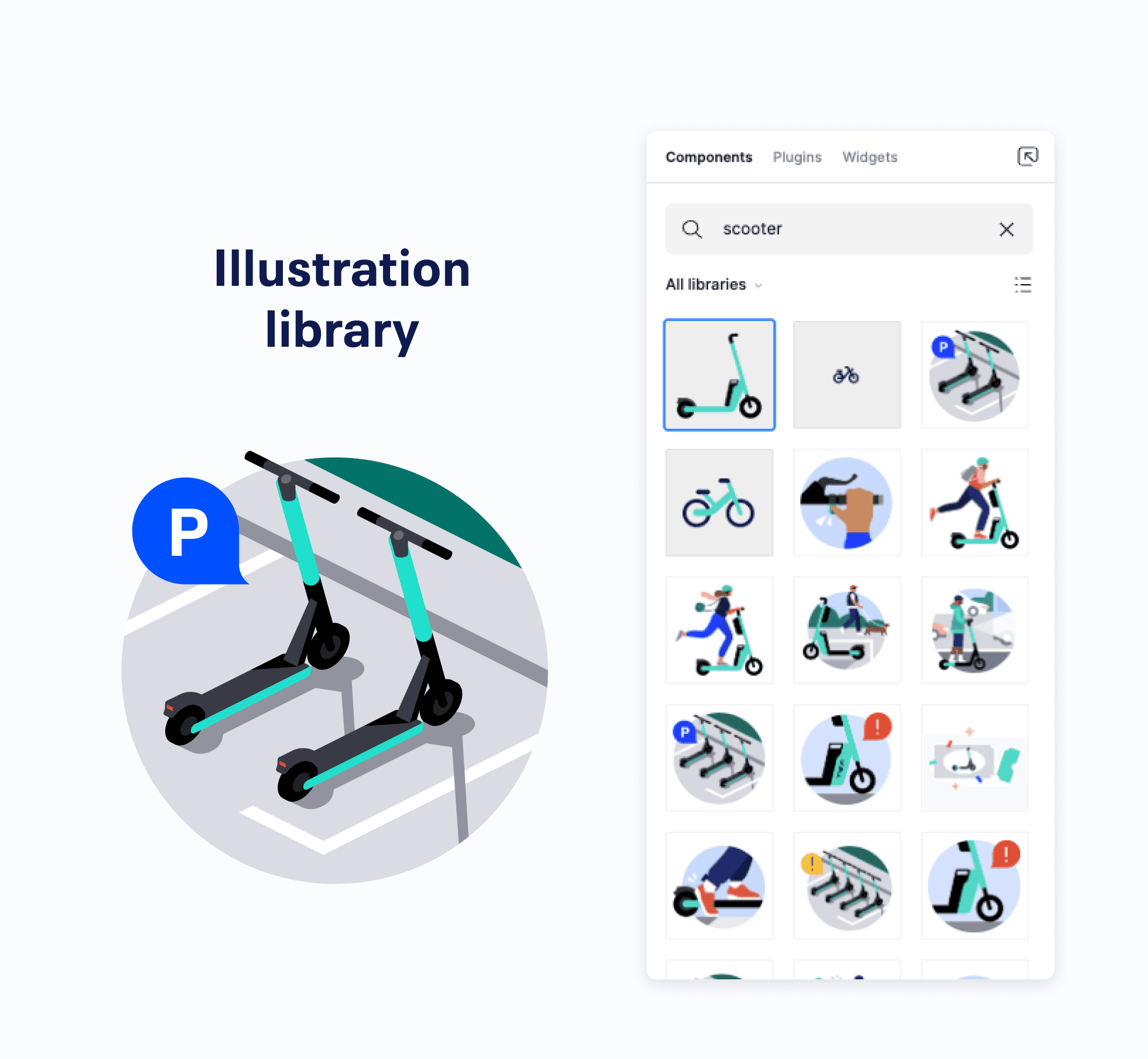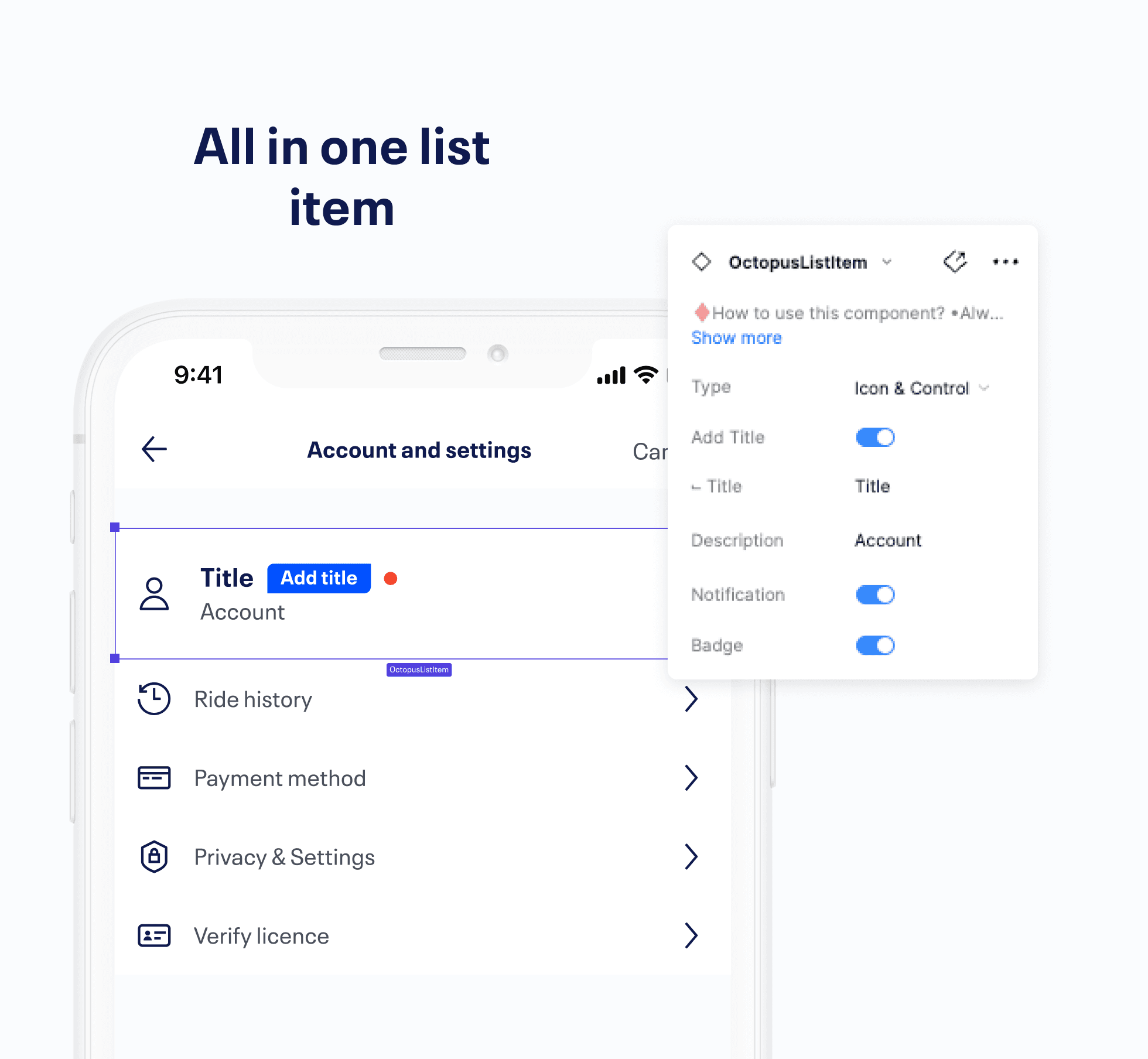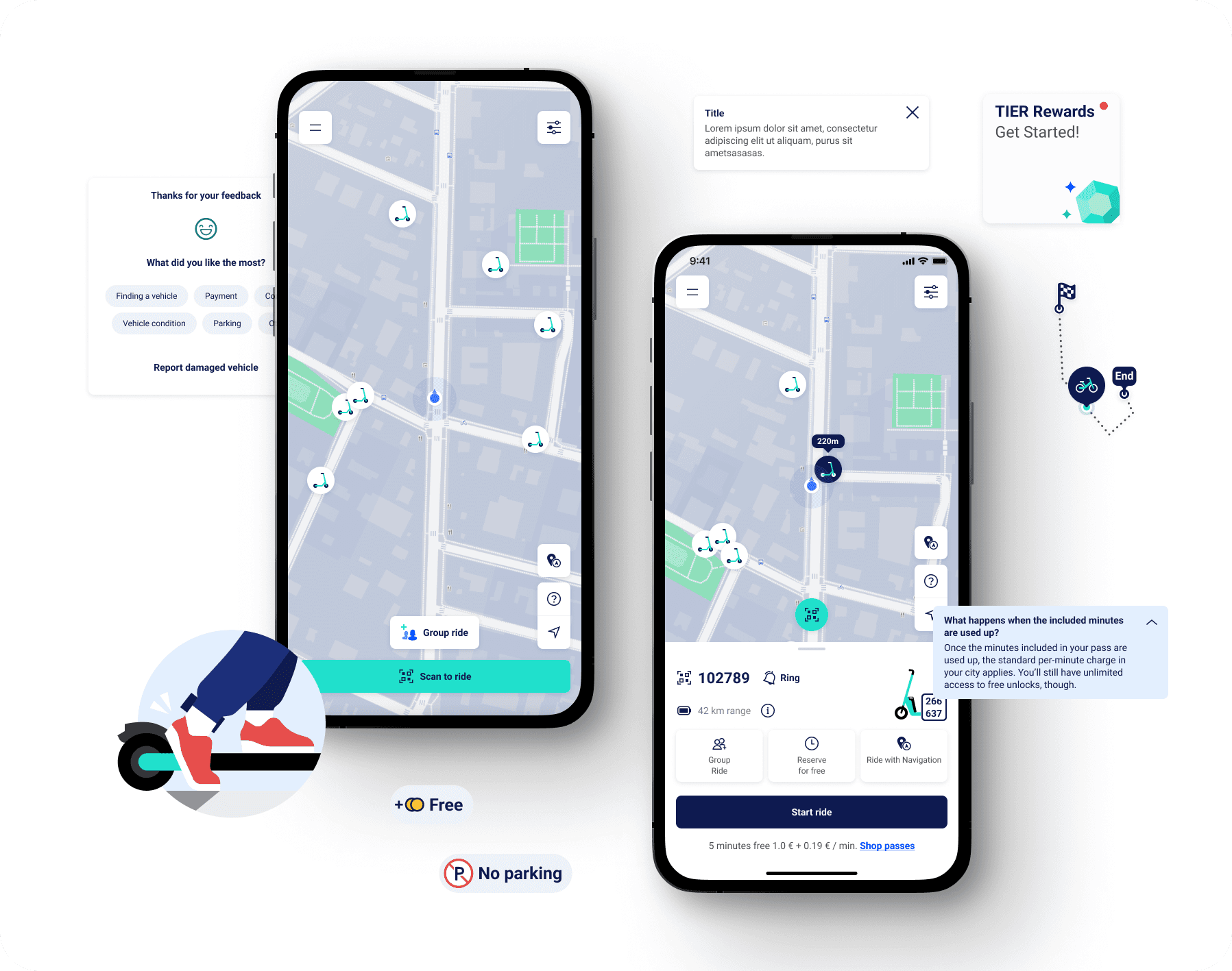Library analytics
Teams using this library
10 teams
Total components
65
Total styles
42
Average activity a week
3.9k inserts
Concept
A well-functioning design system encompasses various aspects. It serves as a communication channel between design and development, expedites processes, and allows for increased iteration opportunities. Therefore, before we deep dived into the project, we needed to understand how the system operates between developers and designers:
How do designers approach new and existing tasks?
How do developers and designers maintain existing files?
Do developers consider only what they see in Figma or also take into account the code side?
How does communication function between designers and developers during sprints?
How is handoff executed at the conclusion of a sprint?
Happy accident like Bob Ross
One of our most intriguing successes related to the design system occurred during a meeting when we brainstormed ideas for a Halloween-themed experience for our users. It reminded us of a previous incident where the marketing team had wanted to organize a similar event, but there was no suitable code solution that could be implemented within a week.
However, thanks to the design system, we had the flexibility to easily incorporate animations and illustrations into the project and publish them in a timely manner. We even ensured that the event automatically disappeared once its timeframe had passed. (We've all seen Christmas marketing campaigns lingering around well into January, right?)
We named the project "Seasonal Design," and it quickly gained momentum, becoming a noteworthy initiative that even caught the attention of our leadership.
Notably, the project attracted approximately 8% more new users compared to the same period in the previous year. Since then, we have successfully executed several other events, with many more on the horizon.
Challenges
While a design system offers numerous advantages, it can also present challenges. We recognized this and resolved most of them or encountered them only a few times. However, some persist to this day. Here are some of the issues we faced:
Continuous education is necessary to adopt a design system mentality, encouraging both the design and development teams to think in a "systematic" way. Merely sharing a library is insufficient; constant signaling is vital, as it is an inevitable stage in the development process.
Monitor custom solutions from the design side and raise concerns if the team deviates from the DS guidelines.
We cannot construct an plane while already flying. We need a stable foundation that may not cover everything, but what it does cover must be utilized and followed with unwavering commitment.
Designers need to move away from working in silos and considering only their own solutions. They should stay informed about other team's solutions and follow the global rules.
A dedicated team is required to maintain and adapt the design system to evolving needs. Once initial tasks are completed, ongoing attention is necessary.
Management may not initially grasp the necessity and benefits of a design system in terms of time and cost savings. In such cases, the design and development teams should provide support and present arguments to management, helping them understand its value.
It is crucial to understand that a design system is not an adversary that undermines designers' work or restricts creative solutions.






